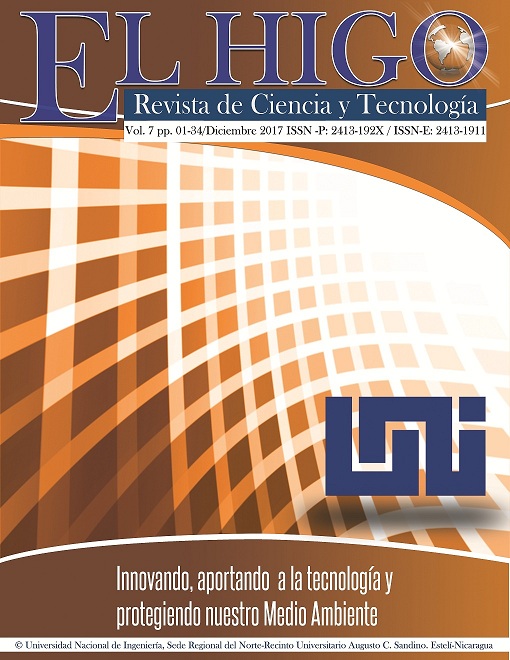Red beans flour’s production (phaseolus vulgaris) and sensorial analysis
DOI:
https://doi.org/10.5377/elhigo.v7i1.8616Keywords:
vegetal protein, functional properties, red grain, cookingAbstract
The aim of this study was to obtain and characterize red bean flour (Phaseolus vulgaris) and evaluate its potential use in the production of sweet cakes. Therefore, experiments to obtain flour were carried out, and the yield of the process was determined. The product obtained was used in the cake formulation, and sensory analysis was performed. It was determined that the cooking time is influenced by the soaking period, so that soaking of the grains for a period of 6 hours reduces the cooking time by 42 % compared to those grains that are subjected to cooking without soaking previous. The red bean flour had an average particle diameter of 0.191 ± 0.006 mm. This product was positively evaluated in terms of color and odor. In relation to the texture of the sweet cake, 70 % of the panelists evaluated the product on the scale of "I like" and "I like it very much". From these results it is possible to suggest that the production of red bean flour is technically viable and the conditioning operations of the grains favor the reduction of the cooking time and consequent energy saving.
Downloads
2234
Downloads
Published
How to Cite
Issue
Section
License
All material published in the journal is shared under the Creative Commons Attribution-NonCommercial-NoDerivatives 4.0 License. Copying and redistribution of the material in any medium or format is permitted as long as explicit credit is given to the journal, the author and the work, it is distributed free of charge and without modification to the content.











